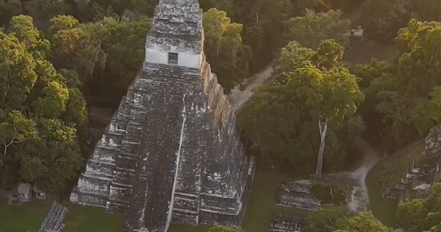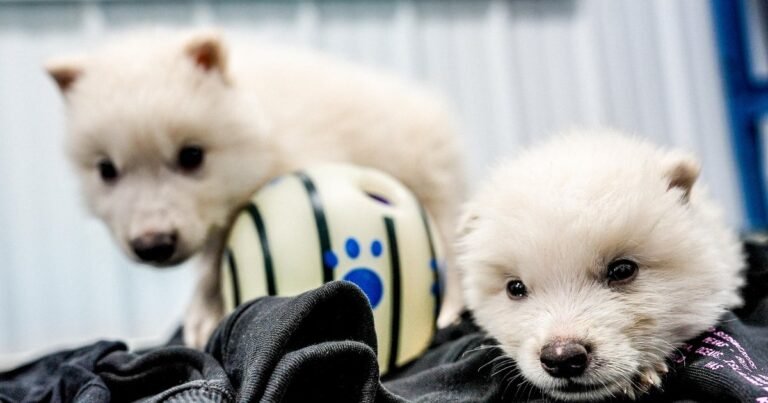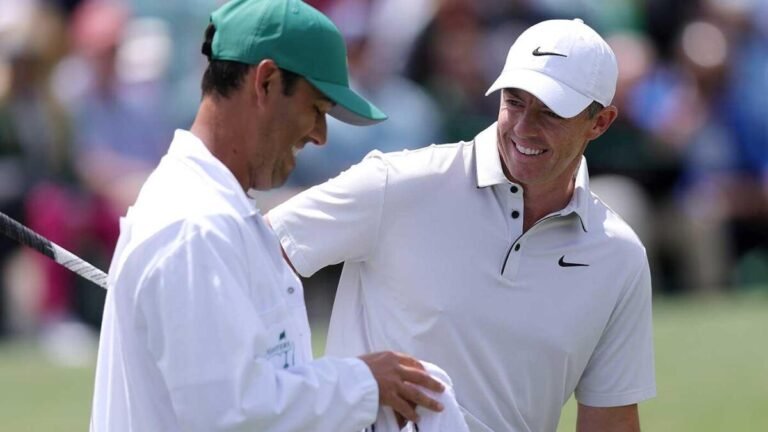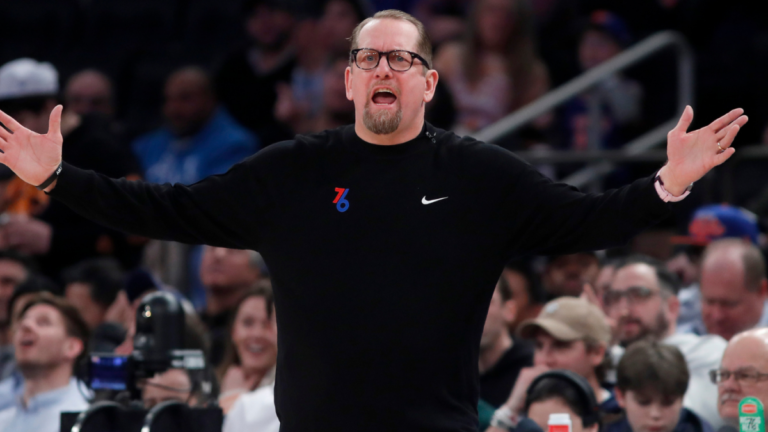
Jonny Kim, a former Navy SEAL, Harvard Medical School graduate and now a NASA astronaut blasted off with two cosmonaut crewmates aboard a Russian Soyuz rocket early Tuesday to head for an eight-month stay aboard the International Space Station.
With veteran commander Sergey Ryzhikov, 50, at the controls, flanked on the left by rookie cosmonaut Alexey Zubritsky, 32, and on the right by Kim, 41, the Soyuz MS-27/73S ferry ship rocketed away from the Baikonur Cosmodrome in Kazakhstan at 1:47 a.m. EDT (10:47 a.m. local time).
Roscosmos space corporation, via AP
“The crew is feeling good, everything is nominal,” Ryzhikov periodically assured Russian flight controllers as the rocket climbed toward orbit.
Eight minutes and 45 seconds later, the third stage engine of the Soyuz 2.1a rocket shut down and the crew ship was released to fly on its own, followed moments later by deployment of its two solar panels and navigation antennas.
The ferry ship was expected to catch up with the space station in a little more than three hours, moving in for docking at the multi-port Prichal module a few minutes past 5 a.m. After extensive leak checks to verify an airtight structural seal, hatches will be opened around 7:20 a.m.
Standing by to welcome them aboard will be Soyuz MS-26/72S crewmates Alexey Ovchinin, Ivan Vagner and NASA astronaut Donald Pettit, along with SpaceX Crew 10 commander Anne McClain, NASA astronaut Nichole Ayers, Japanese astronaut Takuya Onishi and cosmonaut Kirill Peskov.
Ryzhikov, Zubritsky and Kim are replacing Ovchinin, Vagner and Pettit, who were launched to the ISS on Sept. 11 and who plan to return to Earth aboard their own Soyuz on April 19 to wrap up a 219-day stay in space.
The Crew 10 fliers, launched on March 14, replaced their Crew 9 predecessors — Nick Hague, cosmonaut Alexander Gorbunov and Starliner astronauts Butch Wilmore and Sunita Williams — who returned to Earth on March 18.
NASA
Rotating space station crews have typically carried out, on average, six-month tours of duty aboard the lab complex. But starting with Kim’s flight, the Russians are increasing Soyuz durations to eight months to gather more data on the effects of long-term stays in space.
As such, Ryzhikov, Zubritsky and Kim are expected to return to Earth around Dec. 9.
In a pre-flight interview with CBS news, Jonathan Yong “Jonny” Kim, the son of South Korean immigrants and a father of three, said he first heard of the Navy’s SEALs when he was 16 years old. He eventually joined the elite corps and went on to participate in more than 100 combat operations as a member of SEAL Team Three in support of Operation Iraqi Freedom.
“To me, it is the strongest calling I’ve ever had in my life, even to this day,” he said. “I’ve had additional callings in life. But it was really that first calling I had to be a SEAL that I will remember for the rest of my life. Because it was the first time that I felt I had a purpose, and I had a dream.”
NASA
That dream was to serve as a warrior.
“Back then, I used to have a really narrow focus on that,” he said. “But to me, a warrior is someone that is in continued pursuit of excellence in their craft. It doesn’t have to be combat. It can be in medicine. It can be as a NASA astronaut. It can be in politics. It can be anything.
“But it’s someone who’s passionate and in pursuit of continued excellence. And the reason why it just resonated so well with me is because it was everything I wasn’t at the time, but I wanted to be.”
Kim said he had “some terrible moments” in combat and ended up “just really burnt out. I was very burnt out from the combat, from the war and the loss. … I needed a way to continue serving, and it seemed logical that medicine would be that vehicle.”
Already a veteran combat medic, Kim was accepted in Harvard Medical School. Along the way, he said, he “probably went a little too extreme in ensuring that previous successes did not set myself up for the future.”
NASA
“I ensured that the people I worked with in the hospital didn’t know I was previously a SEAL, because I wanted my patients, I wanted my colleagues to think of me as dependable and proficient and a good physician. Not because I used to be a SEAL, but because that’s who I was.”
Then, as he was wrapping up medical school and preparing for his residency, Kim watched the initial test flight of NASA’s Orion moonship in 2015 on YouTube and became a self-described “space nerd.” He met physician and former astronaut Scott Parazynski, who encouraged him to apply to NASA for astronaut training.
Out of 18,000 applications for the class of 2017, NASA chose 12, including Kim.
He said learning Russian was the most challenging aspect of training to fly aboard a Soyuz, but added that his crewmates spoke excellent English and had gone out of their way to welcome him aboard.
“We are friends. I mean, we’re very, very professional,” Kim said. “We work well together. … I’ve had Alexey and Sergey over for dinner and they’ve done the same thing for me. So our relationships are personal and there’s a lot of trust and friendship there.
As for being assigned to a Soyuz flight, riding a vehicle that’s been around for decades as opposed to the roomier touchscreen-equipped SpaceX Crew Dragon, Kim said he was more than happy to fly with the Russians.
NASA
“I just love technology (but) there’s also something to be said about reliability, or as the saying goes, ‘If it’s not broke, don’t fix it,'” he said. “The amount of testing and the reliability the Soyuz has shown over decades is unsurpassed and is absolutely admirable.”
During the course of his stay aboard the station, Kim said, he hopes to venture outside the lab for a spacewalk at some point, but added he would be more that happy to serve in any capacity.
“The modern day astronaut is a jack of all trades,” he told CBS News. “You know, we train to do spacewalks. We train to support space walks, train to do research. One day we might be plumbers or mechanics, we might be technicians repairing a radio or we might be pipetting various fluids into other fluids for research.
“So it’s kind of all of the above, whatever the demands that the space station need at a time.”










